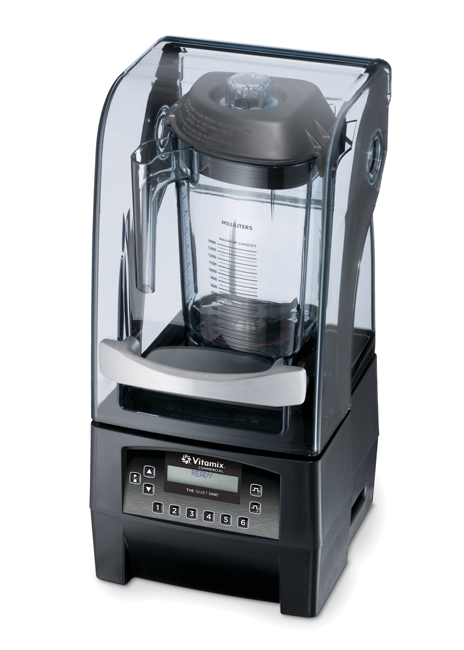Blenders typically have a service life ranging from 10 to 15 years for heavy-duty models. When these units stop working, it is generally time for a new one. Proper maintenance not only helps to provide a more consistent blend, but it also prolongs the blender’s service life.
Start by assessing how the operation will use the blender. This will help determine the necessary speed and how the blender will fit within the workstation.
Commercial blenders are versatile, performing the functions of food processors, mixers and even nut grinders while occupying little space. This powerful equipment handles food prep or concocts blended beverages. Multipurpose models can create soups, purees, salad dressings, sauces and foams, among other items.
Blenders offer much versatility due to capabilities beyond blending, while occupying little space in any foodservice operation. This equipment can perform the functions of food processors, nut grinders and mixers, saving counter space by replacing these appliances.
Operators need to determine how staff will use the blender, the necessary speed for those applications and how it will fit within the workstation.
Daily, weekly, monthly and yearly blender maintenance centers on cleaning. Unplug the unit and wipe it down with a clean, damp cloth after every use. At the end of the workday, wipe down the blender using a cloth and soap and water. Using a hose or water pressure can damage the motor. Regularly clean the blade to avoid tainting the taste of dishes with other flavors. Run fresh water and ice through the blender to clean the blade.
Featured Products
-

XL Machine
Vitamix
The XL produces up to 24 8-ounce servings in a single blend. The unit features a 4.2 peak output HP motor, 1.5-gallon container, variable speed control and the ability to pulse.
-

The Quiet One Blender
Vitamix
Vitamix has updated the design of this blender to enhance the aesthetic and make cleaning easier. The blender features four new programs that work with the optional aerating container to help users to apply such classic culinary techniques as whipping, emulsifying, muddling and creating foam. Other features include a 3 peak output HP motor and advanced air management system to help keep the machine cool as well as 6 optimized programs, 34 settings, 93 variable speeds and automatic shut-off.
Related Articles
-
What to Consider When Purchasing Immersion Blenders
Read FeatureImmersion blenders, or stick mixers, come in several different sizes and types. Keep in mind the longer the shaft, the more stress will be put on the components. That means sizing represents a key consideration with this equipment.
-
What to Consider When Purchasing a Juicer
Read FeatureWhen choosing a juicer, anticipating volume is critical. Operators can choose from a variety of juicers, depending on the application, speed of service needed and beverage type being created. Operators also need to determine what type of foods they will use as some juicers handle leafy greens and vegetables better than others.



